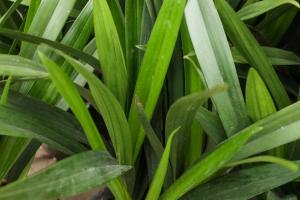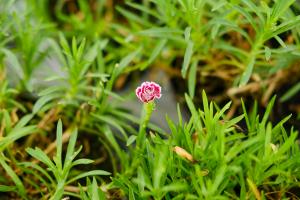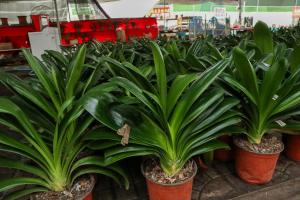How to Trim Potted Plants
Trimming your potted plants is an important part of maintaining their health and appearance. With a little bit of knowledge and a few tools, you can easily learn how to trim your plants and keep them looking their best. Here are some tips to get you started:
Tools You'll Need
Before you begin trimming your plants, you'll need a few basic tools:
Pruning shears - These are small scissors-like tools that are used to snip off small branches and stems.
Lopper - A larger version of the pruning shears, loppers are used to cut off thicker branches and stems.
Saw - If your plants are large and have thick branches, you may need a saw to make clean cuts.
Gloves - Gloves will protect your hands from thorns, scratches, and cuts.
When to Trim
The best time to trim your plants varies depending on the type of plant you have:
Spring-blooming shrubs - Trim these plants after they have finished blooming.
Summer-blooming shrubs - Trim these plants in the early spring, before they start growing new leaves.
Annuals - Trim these plants whenever they start to look overgrown or leggy.
Perennials - Trim these plants in the early spring, before they start growing new leaves.
How to Trim
Here are some basic tips to follow when trimming your plants:
Start by removing any dead or diseased branches or leaves. This will help prevent disease from spreading to healthy parts of the plant.
Cut off branches and stems that are growing in the wrong direction, towards the center of the plant, or crossing over other branches.
Make your cuts at a 45-degree angle and use clean, sharp tools to prevent damage to the plant.
Only remove about one-third of the plant at a time to avoid shocking it.
After Trimming
After you have finished trimming your plants, it's important to take some steps to help them recover:
Water the plants thoroughly to help them recover from the stress of trimming.
Fertilize the plants to help them grow healthy new leaves and branches.
Keep an eye on the plants for a few weeks to make sure they are recovering well and aren't showing signs of stress or disease.
Trimming your potted plants can seem like a daunting task, but with a little bit of knowledge and the right tools, it can be a simple and rewarding process. Remember to take care when trimming, and always take steps to help your plants recover and grow strong and healthy.

 how many times do yo...
how many times do yo... how many planted tre...
how many planted tre... how many pine trees ...
how many pine trees ... how many pecan trees...
how many pecan trees... how many plants comp...
how many plants comp... how many plants can ...
how many plants can ... how many plants and ...
how many plants and ... how many pepper plan...
how many pepper plan...































